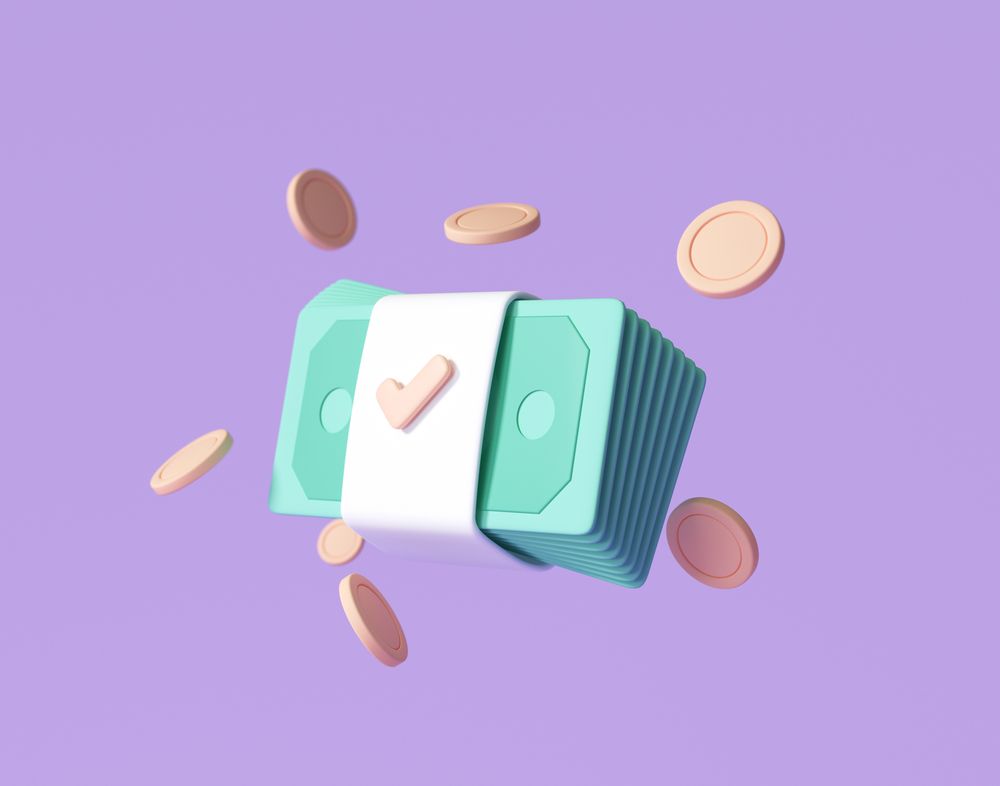If you find yourself going consistently over the budget, it is time to make some changes. Saving money doesn't mean a radical change. Sometimes it just means scaling back on the things you already purchase. While it is good to treat yourself, setting boundaries will help you decide when to splurge and when to cut back. And you can start by keeping track of all the times you 'upgraded' or spent money on impulse purchases and compare it to your budget goal.
What if instead of getting a Venti Latte every morning, you scaled back to a Tall? Or maybe you brought your coffee to work a couple of days a week instead of waiting in line at Starbucks? It might sound almost unbelievable, but one small change could mean over $400 per year back into your pocket!
Dine out less frequently
Many of us enjoy eating in restaurants, and it's nice to try different cuisines and get a break from cooking on occasion. If you usually dine out a couple of times a week, replacing one restaurant meal a week with a home-cooked one could help you save up to $100 a month for you. That right there gets you halfway to your savings goal.
So long subscriptions
Have you ever signed up for any new online subscription and forgotten about it until a year later when the auto-renewal fee hit your bank account? This is one of the sneakiest tactics companies use to keep you as a customer. While it's convenient for essential bills like rent and utilities, it can be a budget killer for memberships and subscriptions. List all of your annual memberships and subscriptions, rank them from first to last based on how often you use them, and get rid of the ones that you view the least. This can surprisingly save you another $300 per year in annual subscriptions. I bet you won't even notice they're gone!
Bank of tax refunds
The IRS reports that the average tax fund is somewhere around $2860. Therefore you can meet the $2000 goal and more, simply by filing your taxes and banking the return. Even if your refund is much more modest or you need to use part of the cash for other purposes, setting aside $500 in savings can give you a strong start.
Travel smart
If you take an Uber every day to work, it can cost you around $7-$10. By eliminating three of those drives a week and walking or taking public transportation instead, you may save $300 during the next four months.
Get a side hustle
It isn't easy to get another part-time job along with your full-time job. But if you're willing to put in a few hours a week, you may be able to earn an extra $200 a month, so you don't have to cut back on spending to meet your goals. Several side hustles could quickly put an extra $50 a week in your pocket. From driving for a ride-hailing service a couple of nights a week or one evening per weekend of babysitting. But make sure that you check with your visa requirements regarding how many hours you can work.
If you are planning to apply for an H1B visa, sign up for a Zolve Credit Card and Zolve Bank Account, and start building your credit footprint in the country from Day 1.


